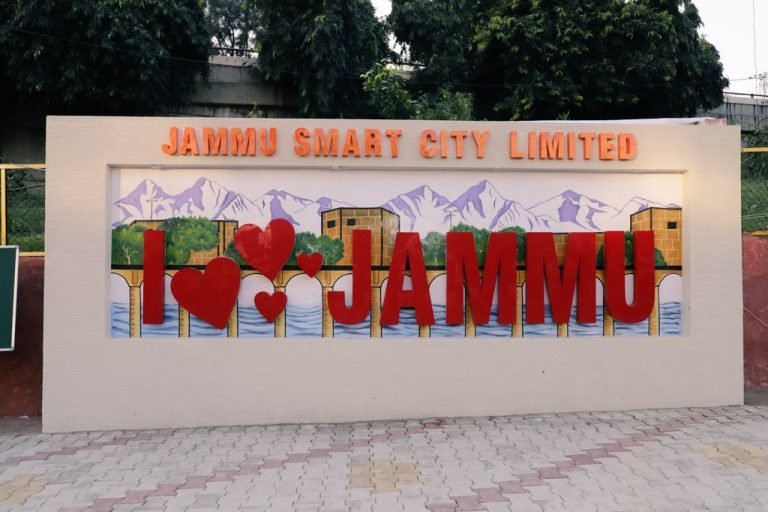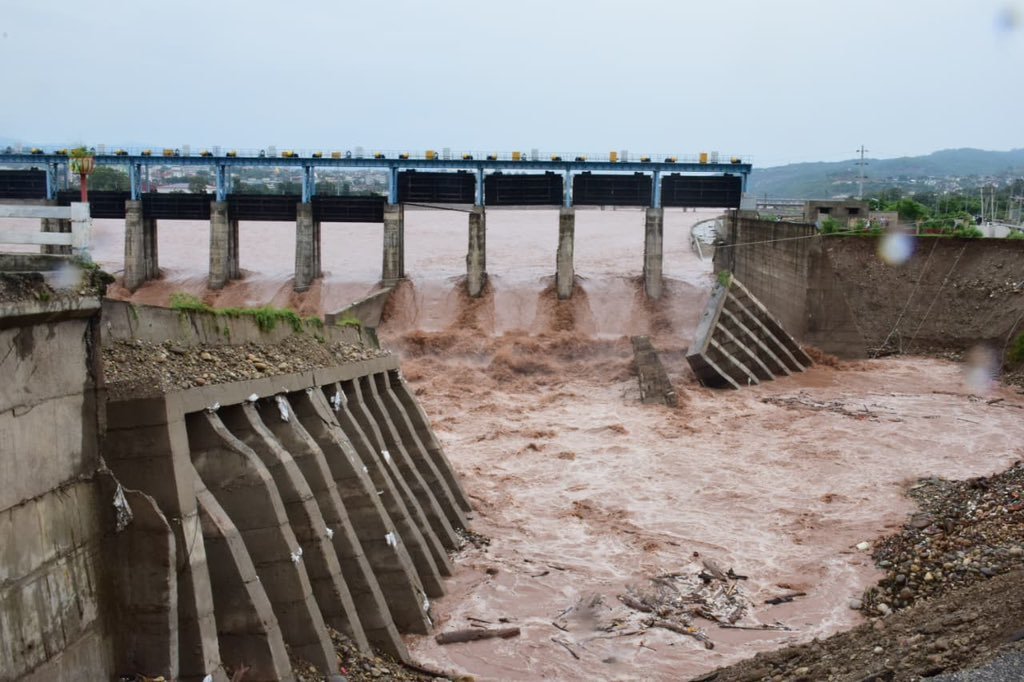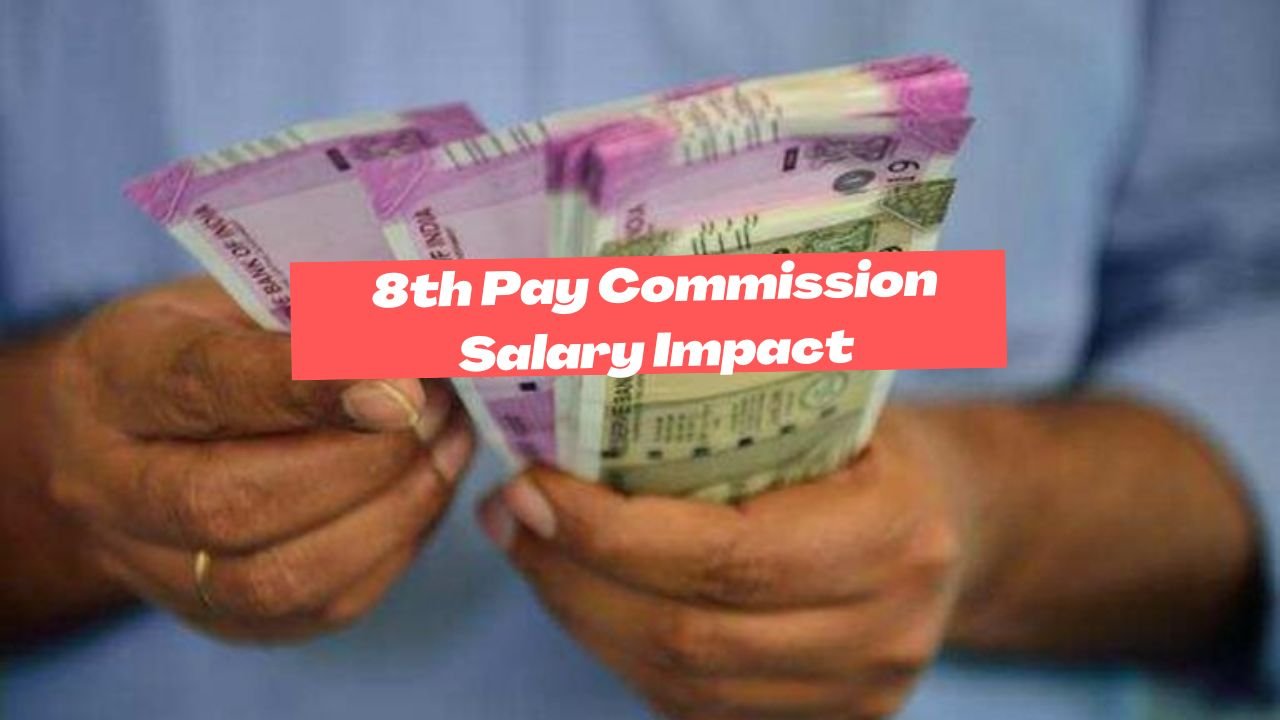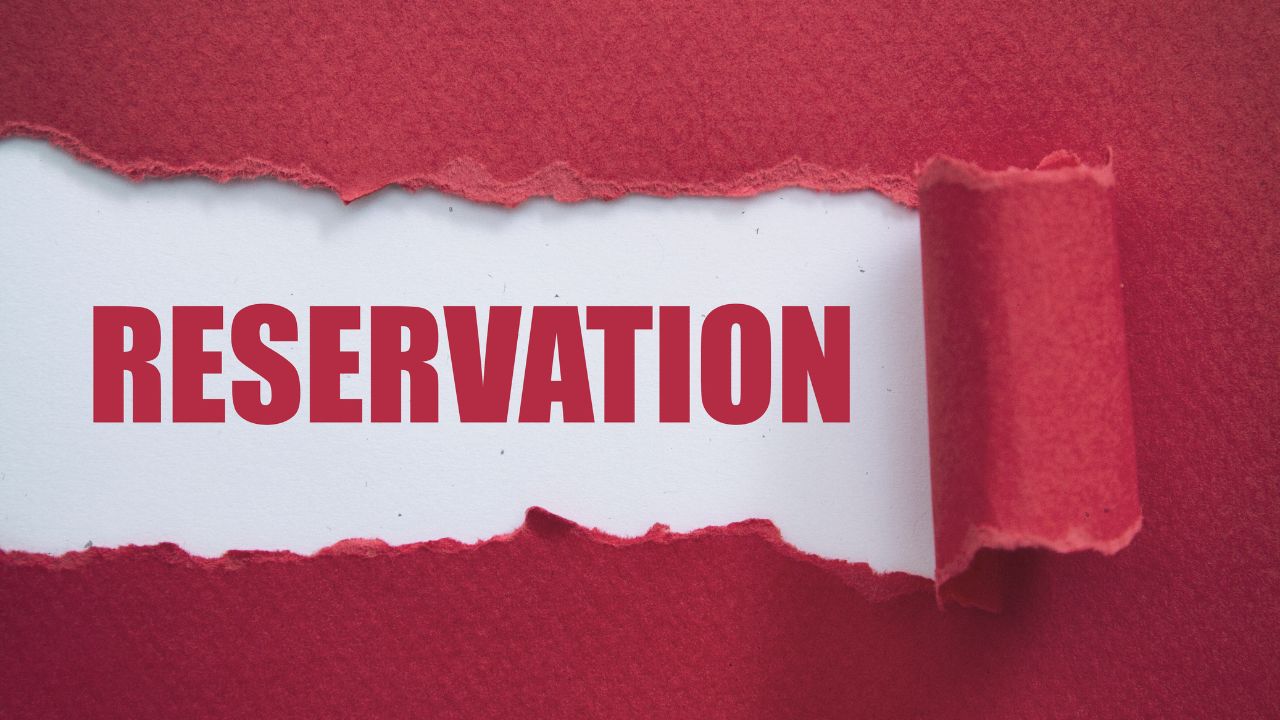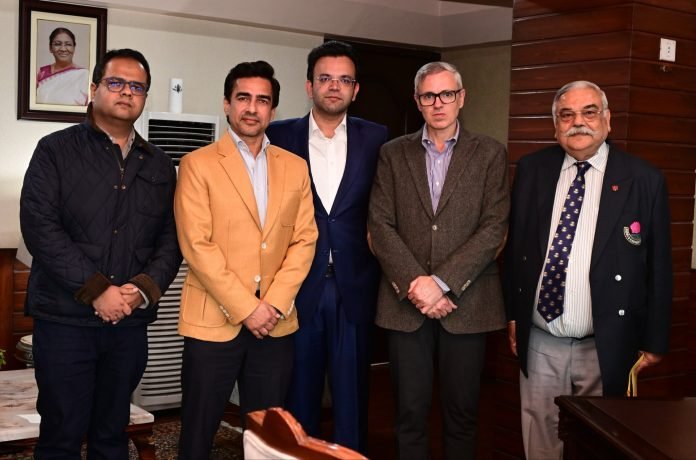The Dogra Regiment is an infantry unit of the Indian Army, formerly the 17th Dogra Regiment when part of the British Indian Army.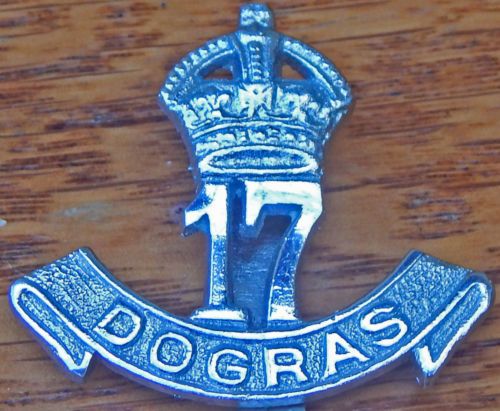
The regiment recruits from the Dogra people of Jammu and Kashmir, Himachal Pradesh and the hill regions of Punjab. The current regiment was formed in 1922 through the amalgamation of three separate regiments of Dogras as the 17th Dogra Regiment. They were:
- 1st Battalion – Formerly the 37th (Prince of Wales’s Own) Dogras
- 2nd Battalion – Formerly the 38th Dogras
- 3rd Battalion – Formerly the 1st Battalion, 41st Dogras
- 10th (Training) Battalion – Formerly the 2nd Battalion, 41st Dogras
The 41st Dogras were an infantry regiment of the British Indian Army. It could trace its origins to 1900, when it was raised as the 41st (Dogra) Bengal Infantry. After World War I, the Indian government reformed the army, moving from regiments with a single battalion to multi battalion regiments.[1] It dropped ’17th’ from its title in 1945 and was allocated to India upon its independence in 1947.
Read also: 3 Superstitions of Dogra’s to guess if there is a guest coming over today
Enlisting in the army is seen as an honourable pursuit for Dogras, with the earnings of the soldiers of the regiment forming a sizeable part of the local economy. The regiment currently has 18 battalions. The 1st Battalion was reroled in 1981 to become the 7th Battalion, Mechanised Infantry Regiment.
Soldiering has not only become a substantial part of the economic structure of the Dogra Hills, but created social and cultural traditions built on the people’s association with the army. The regiment has produced one Army Chief, General Nirmal Chander Vij. The General also served as the 10th Colonel-in-Chief of the Dogra Regiment and the Dogra Scouts.
 In the pre-Independence era, the Dogras had to their credit three Victoria Crosses and 44 Military Crosses besides 312 other awards. Two battalions of the 17th Dogra Regiment (the 2nd and 3rd), also fought in the Malayan Campaign. After the Fall of Singapore, a large number of the captured troops later went on to join the Indian National Army.
In the pre-Independence era, the Dogras had to their credit three Victoria Crosses and 44 Military Crosses besides 312 other awards. Two battalions of the 17th Dogra Regiment (the 2nd and 3rd), also fought in the Malayan Campaign. After the Fall of Singapore, a large number of the captured troops later went on to join the Indian National Army.
Here are some facts about Dogra regiment:
1) The dogra regiment is the type of line infantry consisting of 19 battalions.
2) This regiment has been active since 1887, pre independence period.
Read also : 5 Winter Destinations in Jammu & Kashmir to Experience Snow and Scenic Beauty
3) The motto of this regiment is “Kartavyam Anvatma” meaning Duty before Death.
4)This regiment is based in Faizabad, Uttar Pradesh.
5) This regiment has won One Ashoka Chakra
nine Maha Vir Chakras
four Kirti Chakras
four Yudh Seva Medals
36 Vir Chakras one Vir Chakra and Bar
one Padma Bhushan
11 Uttam Yudh Seva Medals
five Param Vishisht Seva Medals
13 Ati Vishisht Seva Medals
17 Shaurya Chakras
119 Sena Medals
21 Vishisht Seva Medals
188 Mention-in-Despatches and
263 COAS’s Commendation Cards.
6) The regiment has served selflessly in
Jhangar, Rajauri, Uri, Asal Uttar, Haji Pir, Raja Picquet, OP Hill, Siramani, Suadih, Dera Baba Nanak and Chandgram Theatre Honours
Jammu and Kashmir – 1948, Punjab – 1965 and Punjab – 1971.
7)Soldiering has not only become a substantial part of the economic structure of the Dogra Hills, but created social and cultural traditions built on the people’s association with the army.
The regiment has produced one Army Chief, General Nirmal Chander Vij. The General also served as the 10th Colonel-in-Chief of the Dogra Regiment and the Dogra Scouts.


